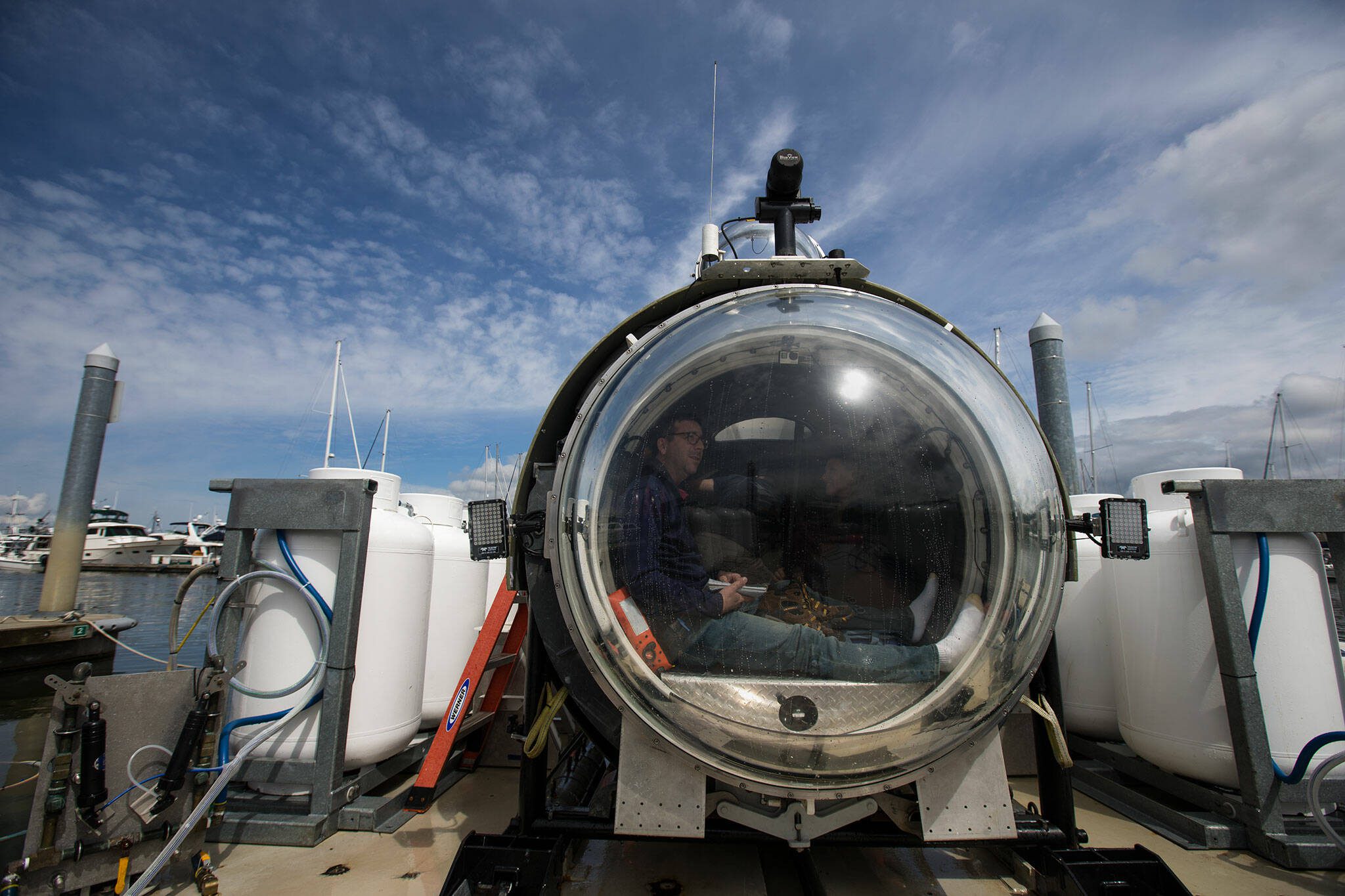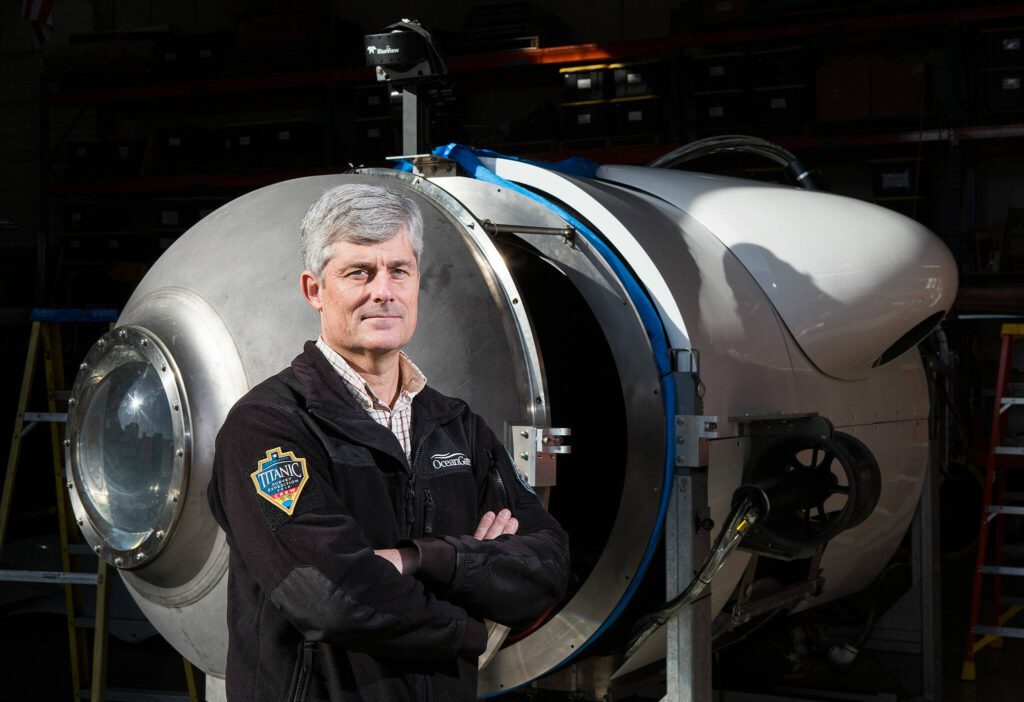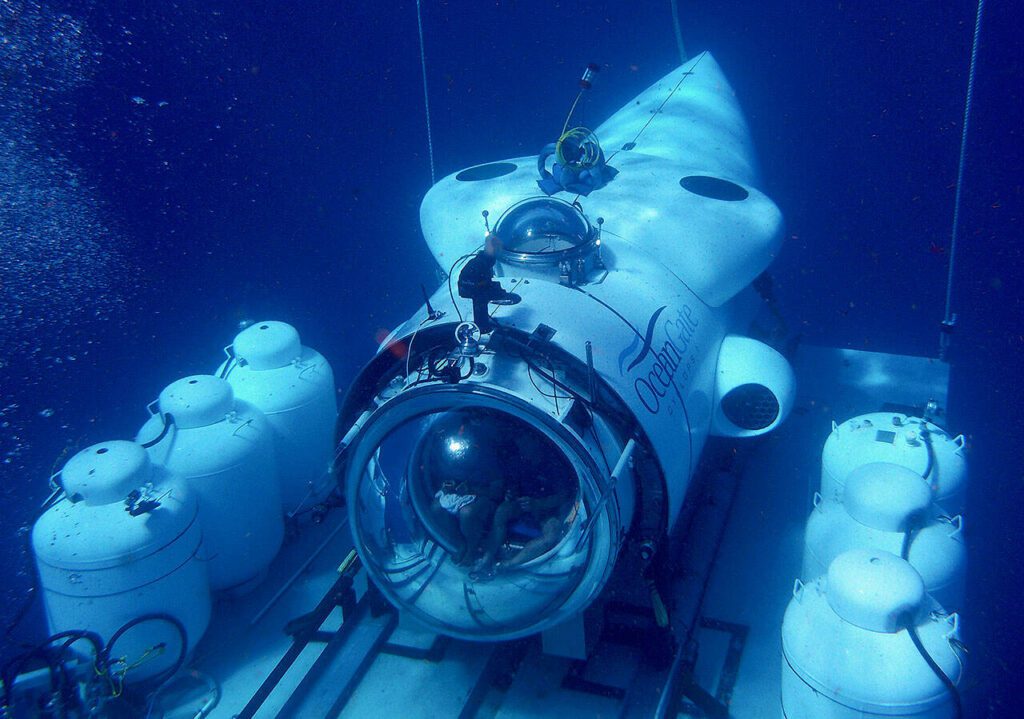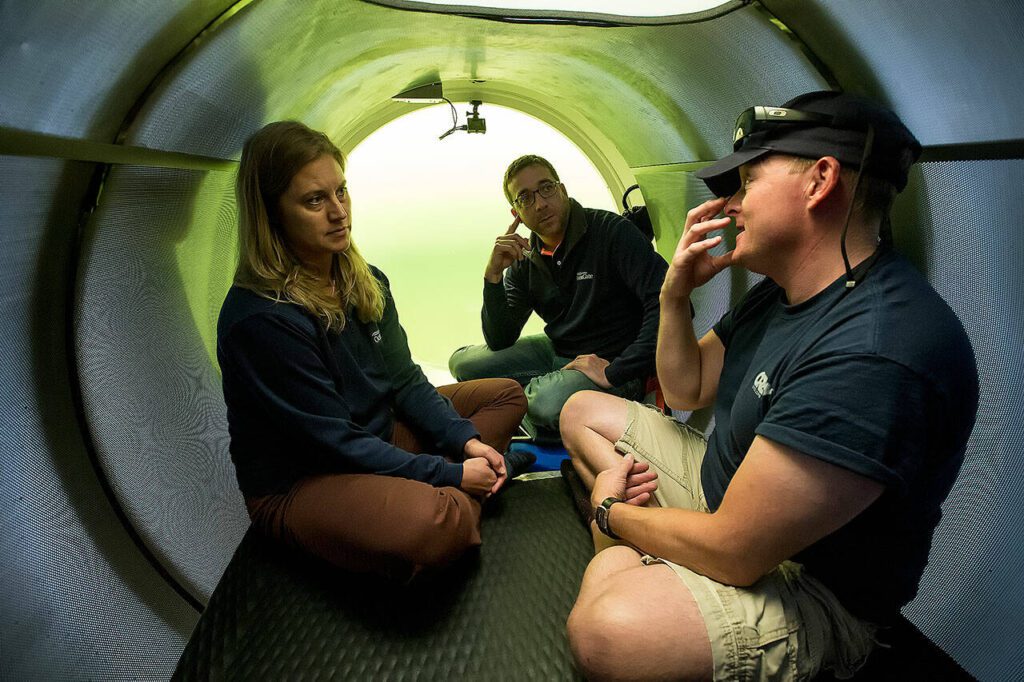By William J. Broad / © 2024 The New York Times Company
When five men died on June 18, 2023, in the implosion of the Titan submersible on a dive to the Titanic’s resting place, the knowledge of Paul-Henri Nargeolet was lost, too. It was Nargeolet’s 38th dive to the sunken liner. Known as Mr. Titanic, he helped retrieve thousands of artifacts that have been displayed in museums and at events around the world.
One year later, the company he worked for as director of underwater research is preparing a July expedition that will employ a pair of robots instead of people in submersibles looking for more treasures to bring up in the future.
Jessica Sanders, president of RMS Titanic which is organizing the expedition, said, “There’s an art to artifact recovery and a human element that technology can never replace — and shouldn’t.” She said Nargeolet had embodied that kind of expertise.
On the other hand, she said the results of the robotic expedition, “will speak for themselves.”
The plans of Nargeolet’s former employers show one of the more immediate effects of the Titan disaster: a prioritization of robots for plying the icy depths in place of humans piloting submersibles. The robots are seen as safer.
In parallel, however, players in the submersible world are pushing for greater international regulation to bar another disaster. They want to close the gap that OceanGate, Titan’s maker, exploited in eschewing the voluntary safety certifications the industry uses to reduce the substantial risks for deep divers.
The many fans of human-piloted submersibles want to make sure Nargeolet’s legacy sets a path for a new generation of explorers. That could include future human pilots who recover more of Titanic’s remains and paraphernalia — rivets, fine china, bottles of Champagne — that lie scattered over roughly 3 square miles of the North Atlantic seabed.
On his last dive, Nargeolet hoped to glimpse one of his longtime recovery targets — the wireless telegraph that transmitted Titanic’s distress calls. Responding ships rescued hundreds of survivors, including women and children in lifeboats. In his autobiography, Nargeolet said Titanic wreckage around the famous telegraph is “likely to collapse in the short term,” making its rescue “all the more urgent.”
James Cameron, known for “Titanic,” his 1997 movie, also favors the telegraph’s retrieval. “To actually put that instrument on public display would be very moving for millions of museumgoers,” he said in an interview last year.
In 1987, when Nargeolet made his first Titanic dive, underwater robots were rare. Then Cold War spinoffs caused their abilities and their numbers to soar. Robert D. Christ of the Marine Technology Society, an industry group, said they now number in the thousands and that perhaps a hundred or so could descend to the Titanic’s depths, more than 2 miles down.
Large undersea robots bristle with lights, computers, video cameras, mapping systems, sensors and manipulator arms. Most have long tethers that link them to mother ships. Up top, the operators use joysticks and monitors to orchestrate the action below.
The July expedition to the Titanic, roughly 370 miles off Newfoundland, Canada, is to feature two diving machines from the Chouest group, a family of companies based in Louisiana servicing the offshore oil industry. In May, it announced the acquisition of another company, expanding its undersea fleet to more than 100 robots.
“I’ve been puzzled for a number of years why anybody even builds deep submersibles any more,” Tyler Schilling, an industry pioneer who founded Schilling Robotics in Davis, California, said, referring to human-piloted craft. “I think the Titan situation is the only reasonable answer — people want the adventure.”
The adventure factor, submersible backers say, is real and healthy because it helps generate wide appreciation among the public for the wonders of the world’s oceans.
A new generation of human-piloted submersibles is seen as enhancing the allure. Known as bubble subs, they have spherical hulls of clear plastic that give their occupants stunning panoramic views instead of glimpses through tiny portholes.
A bubble sub strong enough to withstand the crushing pressures at the Titanic’s depth is now taking shape. Triton Submarines, a company in Sebastian, Florida, is fashioning the sub for Larry Connor, an Ohio billionaire and ocean adventurer. Triton says it will set a record for how deep a bubble sub can descend.
The new submersible is intended to show the world that — contrary to last year’s disaster — undersea craft can venture safely and repeatedly to the Titanic’s depth.
“A handful of years ago, such a thing wasn’t possible,” Patrick Lahey, the president of Triton Submarines, said of the new sub. But technological strides, he added, “allow us to do it safely.”
For instance, Lahey said, steady advances in the heating and shaping of thermoplastic materials will let Triton make the clear walls of the submersible incredibly strong. Their thickness, he said, will be 16 inches — a record. Lahey added that the two-person craft is to make its oceanic debut in early 2026.
Triton as a company prides itself on what the Titan submersible lacked — costly rounds of inspection and testing by respected marine organizations that specialize in certifying deep undersea craft as safe. It’s an industrywide code of conduct that experts now see as needing to become a global requirement because Titan’s makers omitted the voluntary step.
“It has to be mandatory,” Alfred S. McLaren, a retired Navy submariner, submersible pilot and president emeritus of the Explorers Club, said of the proposed upgrade. “Until you get these testing and certification rules in place, it’s a wide open sea, and stupid things are going to happen.”
Will Kohnen, who chairs the Submarine Committee of the Marine Technology Society, agreed. “We have the technology down pat,” he said. “We don’t need to prove that we’re safe. What we need is the regulatory framework that will control the traffic and check to see if people have their driver’s licenses.”
Kohnen said about 200 submersibles piloted by people now ply the world’s oceans — a tiny fraction of the deep robot population — and that only 10 or so could descend to the Titanic’s depth.
Until the Titan disaster, submersibles had a remarkable safety record because companies adhered to the voluntary code. Despite thousands of deep dives, no person in a submersible ever died while plunging into the ocean’s sunless depths.
Experts say it is likely governmental investigations into what caused the Titan implosion will need to be concluded before new submersible rules are drafted. This month, the head of the American investigation, Capt. Jason D. Neubauer of the Coast Guard, said his inquiry’s conclusions and the making of its findings public might take another year or two.
The International Maritime Organization, the United Nations agency that sets standards for marine safety and security, has stated it is waiting for such findings before taking up the question of global submersible regulation.
“People will embrace the change,” Salvatore Mercogliano, a maritime historian at Campbell University in North Carolina, said of new regulation. “Everybody has safety on their mind.”
After the Titan disaster, echoing the new caution, RMS Titanic decided to pause its reliance on piloted craft “until further investigation takes place” on the implosion’s cause.
Sanders, the president of RMS Titanic, said new confidence in submersible safety would let her company again employ piloted vehicles, in particular for the daunting task of retrieving the telegraph that sent out Titanic’s distress calls.
An early version of the recovery plan called for a piloted vehicle to work with three robots in an expedition to recover the legendary device.
With both robots and submersibles, Sanders said, her company’s overall goal is to make sure gems from the storied liner are “not lost to the sea for a second time.”
This article originally appeared in The New York Times.
Talk to us
> Give us your news tips.
> Send us a letter to the editor.
> More Herald contact information.




























